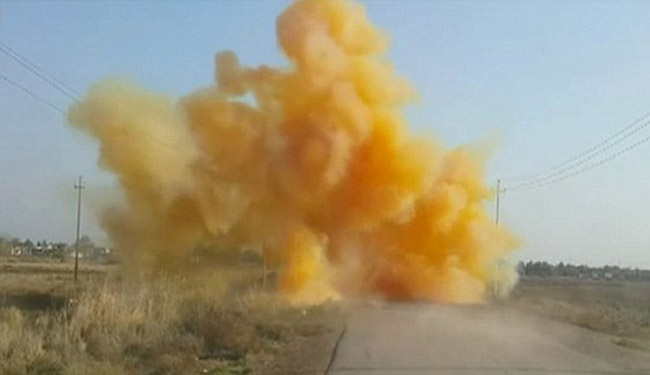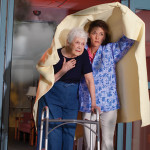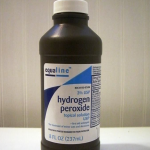The Unknown Dangers of Chlorine
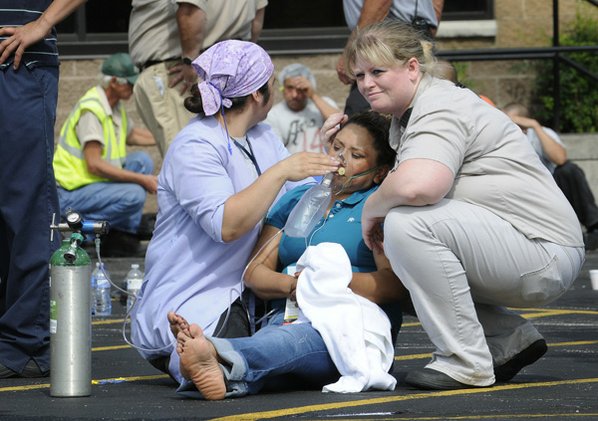
Chlorine is probably the most widely-used toxic chemical in the country. It is normally found in gas or liquid form and is the basis a huge amount of industrial applications and consumer products. It is also a key component of water treatment systems from pools to municipal drinking water facilities. In other words, it is everywhere, and there is a good chance that a huge stockpile is stored in a warehouse, factory or industrial site near to where you live.
Chlorine, in its diluted state, is relatively harmless to humans. However, we have a very low tolerance to this chemical, and exposure to even a small amount can cause serious damage to our bodies. Unfortunately, there is very little that we can do in the event of a major spill, explosion or other accident that can expose entire communities to lethal doses.
The Risk
The biggest risk for most Americans comes from chlorine gas. Chlorine gas is transported in huge tanks on trains, on tractor trailers and stored in huge amounts in locations in almost every city and town. If tanks rupture and gas is released, it can produce a toxic cloud that hangs low to the ground. It can eat away at skin on contact, destroy our respiratory tract and burn our lungs to the point where we are no longer able to breathe. It can also burn our eyes and cause blindness. Chlorine gas exposure is one of the biggest chemical risks to communities, yet very people know about it, much less prepared to deal with an emergency.
The other risk comes from ingesting too much chlorine through our drinking water supply. It can be in the form of too much of the chemical being mixed into our tap water, or it can be from the chemical leeching into groundwater supplies from local industrial areas. In both examples, there have been a number of hazardous material incidents where entire towns were unable to drink water for days or weeks until an appropriate cleanup could take place.
What to Do in an Emergency
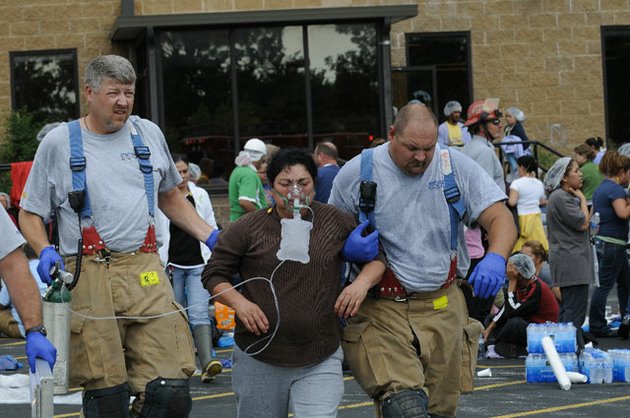
The best thing to do is get out of the way of the gas. Get into a well-ventilated area or outside into fresh air. It is possible to get above many chlorine gas clouds, especially if they are outdoors. This is your safest option unless you can stay upwind of the direction of travel of the gas cloud. If you are in your home and a gas cloud is approaching, try to get to the highest point possible. Seal doors and windows, plug cracks with towels, linens or other material. Put on long sleeve shirts, jeans and cover exposed skin. Wear a respirator or gas mask if possible or cover your mouth and nose with any fabric that can help to minimize inhalation.

If you inhale the gas, get to fresh air as soon as possible and seek medical attention right away. There is little that you can do at home to neutralize the effects of the gas. If you come into skin contact with chlorine, remove clothing and wash the skin with warm water for intervals of five minutes at a time until irritation and corrosion stops progressing. Taking showers can also help as long as you are in an area where gas is not present.
Keep in mind that too much exposure to chlorine is fatal. It acts quickly and dying from exposure is a horrific and painful experience. Even those who have been minimally exposed can experience life-long respiratory ailments and skin conditions.
This is probably the single, most dangerous chemical that any of us need to worry about. Take time to become familiar with sources of chlorine in your community as well as where to go if a release occurs. Keep in mind that a chlorine gas attack is not beyond the realm of possibility as well.
While chances are remote that you will experience a chlorine emergency, it only takes one episode to alter the course of your life. Consider preparing by having some gas masks in your home as well as protective gear or clothing that can be donned with little or no warning. You should also have some sort of contingency plan in place for what to do if exposure occurs while you are at work, school or in a large urban center. Learn more about this real threat and what you can do to minimize risk in order to be as prepared as possible.


